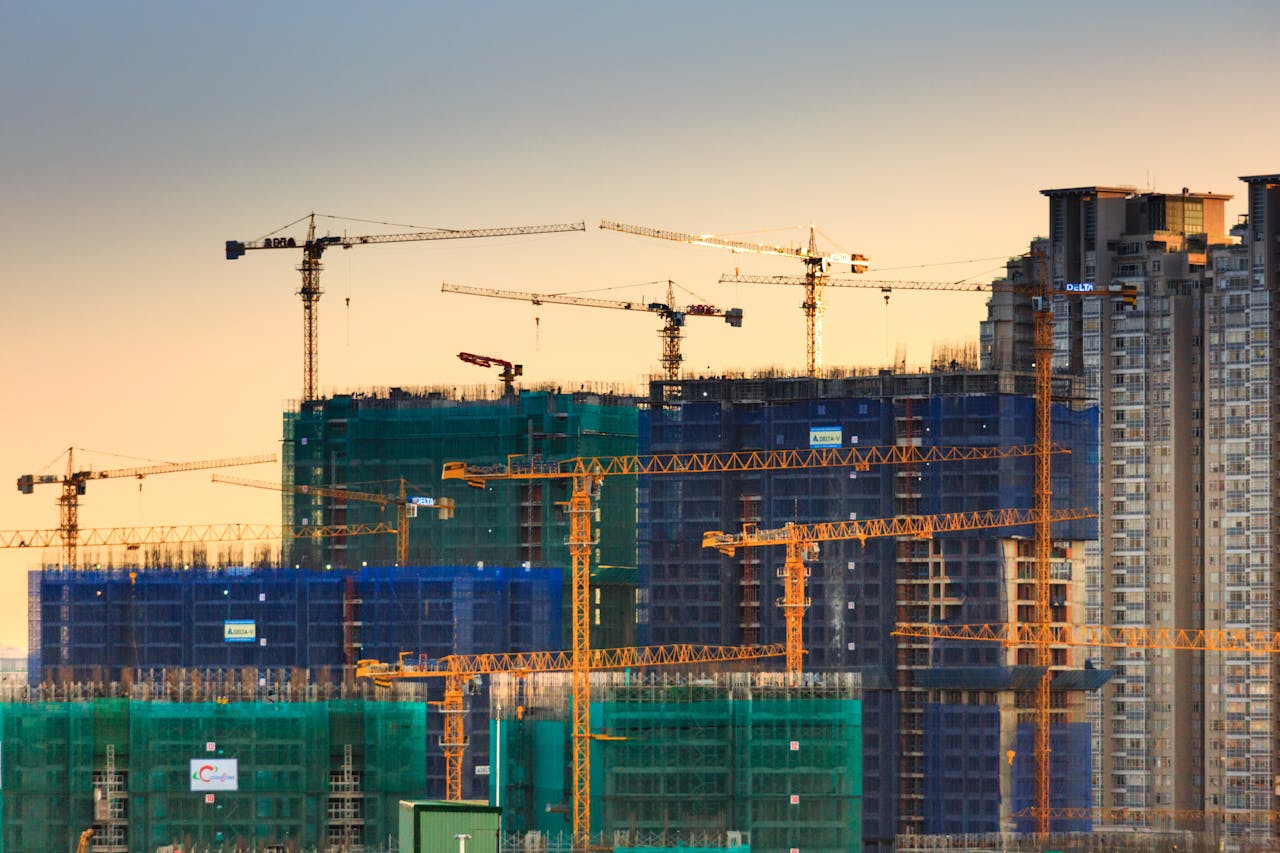Springs are one of those invaluable components that often go unnoticed, until something goes wrong. While typically associated with mechanical devices or automotive systems, springs are also used in architecture to support the safety, flexibility, and resilience of modern buildings. From skyscrapers in London to earthquake-resistant structures in Japan, springs play a critical role in today’s built environment.

Why Are Springs Used in Architecture?
Springs are used in a range of industries, from agriculture to medical. Here’s why they are often chosen to be used in architecture:
- Improved flexibility under stress
- Better weight distribution
- Visually engaging, with exposed mechanical components
This integration shows how engineering solutions from a quality springs supplier can improve a building’s visual and functional appeal.
Examples of Springs in Skyscrapers
The Leadenhall Building – London’s ‘Cheese grater’

One of London’s most iconic new skyscrapers, the Leadenhall Building (also known as the Cheese grater). However, the unique aesthetics of this building obscure a lot of extremely clever technical innovations, one of which is actually enabled by the presence of springs.
These springs are part of a ‘braced tube’ structure that enables the use of column-free interiors and overall flexibility. They function as shock absorbers, meaning the ‘Cheese grater’ adapts to external forces and temperature fluctuations.
Types of Springs Used in Architecture
The types of springs used in architecture must be precise and reliable to make sure the building is structurally effective. Examples of this include:
- Compression Springs: These open-coil springs that compress under pressure. When a load is applied, the spring pushes back to absorb energy or shock. In architecture, they’re often found in seismic base isolators or inside braced structures, like the Cheese grater, where they allow flexibility while maintaining support.
- Tension springs work in the opposite way: they stretch when force is applied and contract when released. The energy is stored in the tension. Architectural uses include moving parts like retractable roofs and canopies, where a pulling force is needed.
- Torsion springs twist around their axis when force is applied. The torque (rotational force) they store is used to return objects to their original position. They’re commonly used in hinges, window actuators, and shading systems in modern building designs.
- Some projects require bespoke springs tailored to exact force, material, and environmental needs.
Earthquake Proof Architecture
In earthquake-prone areas like Japan and parts of America, architects rely heavily on resilient design features, and springs often play a large role in this.

What is Base Isolation?
Although earthquake proofing uses many methods, base isolation – the practice of decoupling a superstructure from its ground-based substructure – is one of the most common. Exposed springs are often at the lowest levels of base isolated buildings, where they allow a building to resist ground tremors and remain largely intact. In essence, the building ‘floats’ above its foundations on a system of springs; incredibly clever, to say the least!
Benefits of Base Isolation
- Enhanced structural safety
- Reduced earthquake damage
- Extended building lifespan
As a trusted springs manufacturer, we can work with architects and engineers to design and prototype springs that meet unique structural or aesthetic demands. As you can see, although you might not have ever thought of springs in architecture before, they serve an incredibly important purpose, and many of the world’s tallest buildings would be totally unviable without them.
Why Choose Airedale Springs?
As a leading UK-based springs manufacturer, we’ve spent decades delivering tailored spring solutions to a wide range of industries, including architectural engineering. Here’s what sets us apart:
- Sustainable Manufacturing: We operate from a Net Zero facility powered by renewable energy, including 400+ rooftop solar panels. We use 100% recycled metal in our springs and 90% recycled cardboard for packaging.
- Custom Spring Solutions for Any Project: Whether you need compression, torsion, tension, or bespoke wire forms, we work closely with you to design, prototype, and manufacture springs tailored to your project’s needs.
- High-Quality Materials Only: We use only the finest materials, from stainless steel to copper-based alloys.
- Cutting-Edge Equipment and Expertise: Our facility includes modern CNC coiling and wire-forming machines from top-tier manufacturers.
No matter what sort of application you require springs for, we can create the components to meet your demand, so contact us now by calling 01535 643456 or emailing sales@www.airedalesprings.co.uk.

